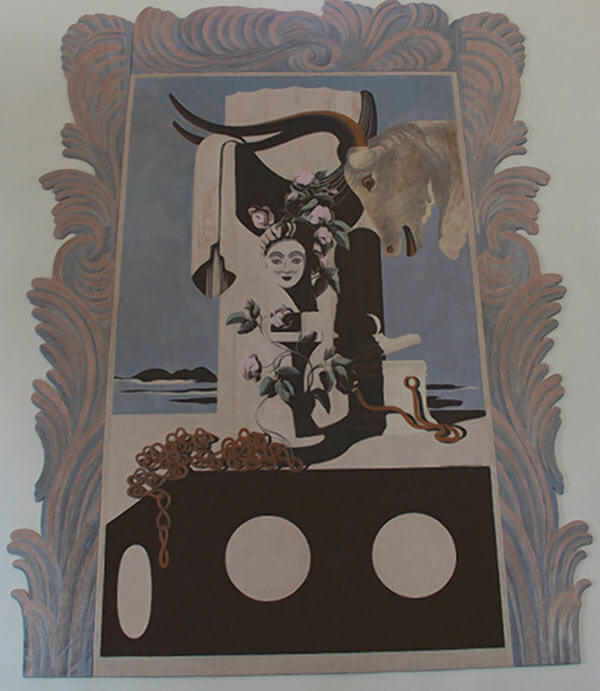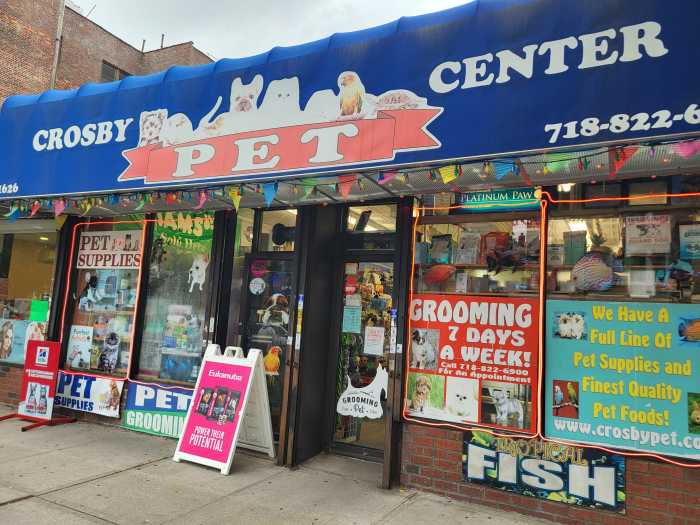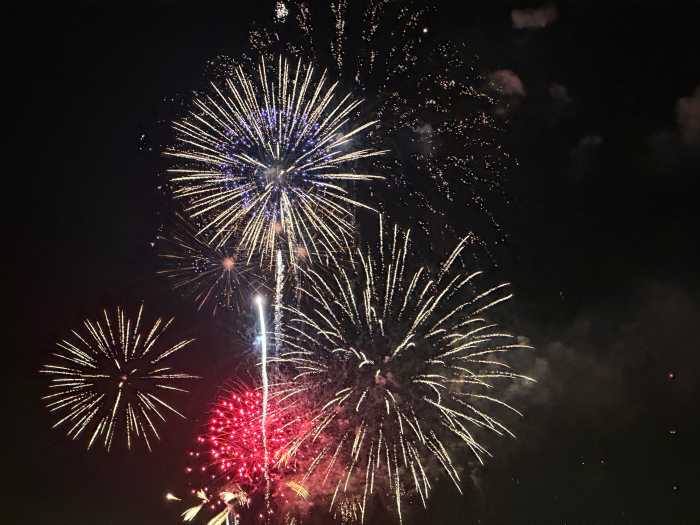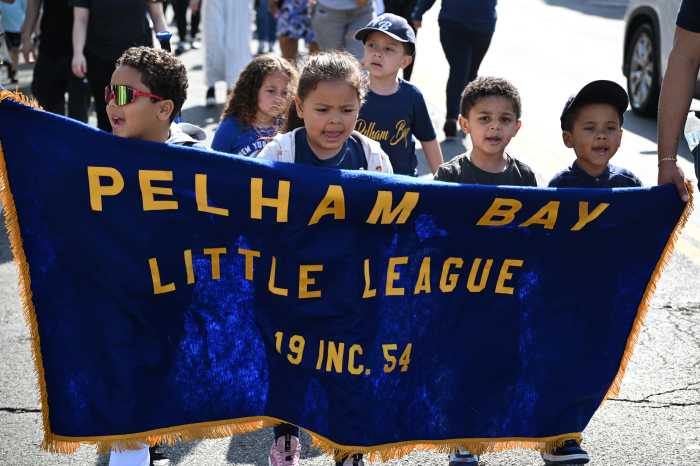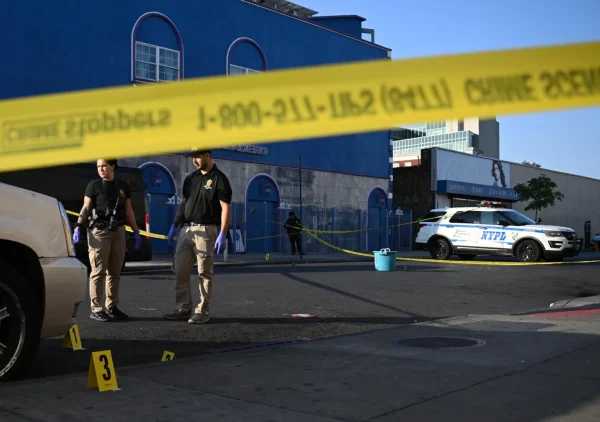A horsehead, a lady, a steer and gold coins and chains.
These subjects can all be found at the Split Rock Golf Course club house in murals that are once again adorning its walls.
The artworks, which were removed in 2008 for repair and conservation, were reinstalled in February 2018 to their original locations above the fireplaces in the central parlor room of the building.
Created by Alan Saalburg in 1936, at the time the golf course was opened, the murals were part of the Works Progress Administration murals project, which the artist oversaw, according to a Parks spokesperson.
At the time, Saalburg was a commercial artist who was hand picked for the job by famed NYC infrastructure builder Robert Moses, because of a hot dog cart design Saalburg created, so the story goes.
The Split Rock Murals reflect the Surrealist and Cubist art movements and are reminiscent of work by Italian artist, Giorgio de Chirico, according to Jonathan Kuhn, the Parks director of Art & Antiquities.
However, time proved to be the murals’ worst enemy.
Over the course of 72 years, the art pieces were delaminating, cracking, flaking, and even appeared to be molding, according to West Lake Conservators, the company who restored the murals.
Even the process of removing them from where they hung was daunting, according to Susan Blakney the chief Painting Conservator for the company.
Blakney directed the removal process and said pieces of wall plaster came off with the murals.
After the removal, the canvases remained crated in a climate-controlled art storage facility for eight years before the company began the restoration, according to Blakney.
When they came out of storage, West Lake had to remove the residual plaster and adhesive from the back of the canvas, clean the painted surface, mount the canvas to new archival supports, and even texture and repaint the losses.
The final results fit the room as perfectly as when they were first crafted.
The general manager of Split Rock Golf Course, Donald Zauner, thought the restoration’s outcome was perfect.
Even though the main part of the murals are attached to the walls separately from the twirling frames that encase them, Zauner said West Lake assured him the murals would hold together even in an earthquake.
Though the actual components of the murals: the horsehead, the steer, the gold coins and chains, the lady’s face and the doll, were all influenced by Saalburg, the murals were intentionally created to fit the Greek Revival architecture of the club house.
Few visitors and patrons to the club house have inquired about the murals since their return, but Zauner is planning to learn their story for when they do start to ask.
Saalburg passed away in 1987, but his life’s work can be found worldwide.
The Split Rock murals are two of the last art pieces Saalburg designed for the WPA-era project, according to Kuhn.
The Arsenal in Central Park holds another example of a Saalburg’s WPA-commissioned work.


